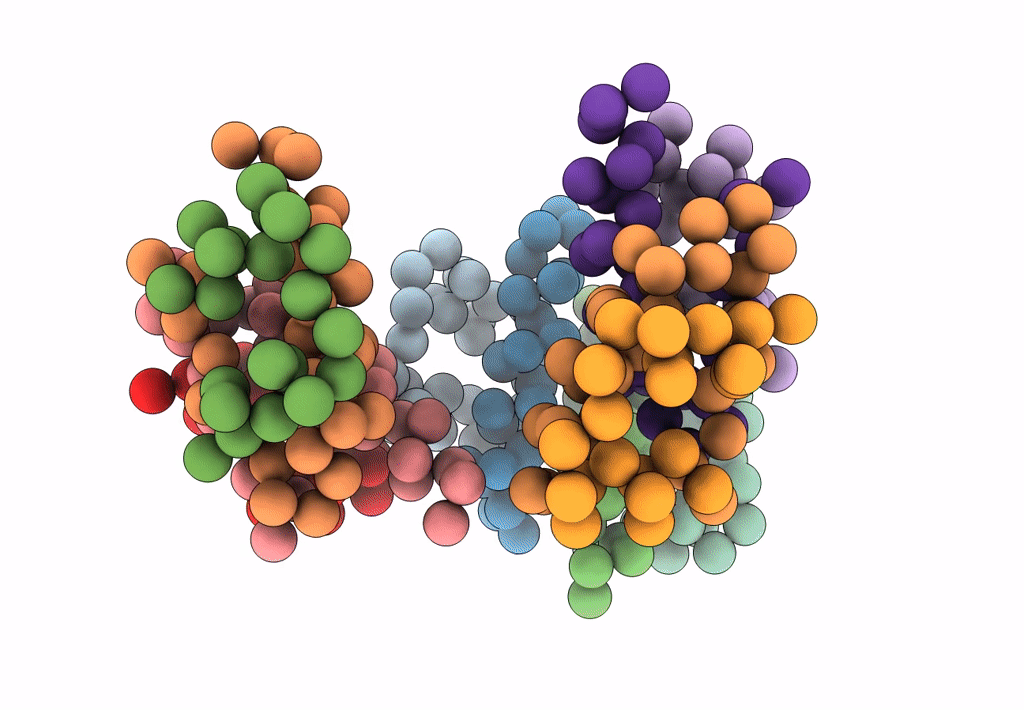
Deposition Date
2019-04-02
Release Date
2020-04-22
Last Version Date
2024-03-27
Entry Detail
PDB ID:
6JR3
Keywords:
Title:
Crystal structure of insulin hexamer fitted into cryo EM density map where each dimer was kept as rigid body
Biological Source:
Source Organism:
Homo sapiens (Taxon ID: 9606)
Host Organism:
Method Details:
Experimental Method:
Resolution:
14.50 Å
Aggregation State:
PARTICLE
Reconstruction Method:
SINGLE PARTICLE


